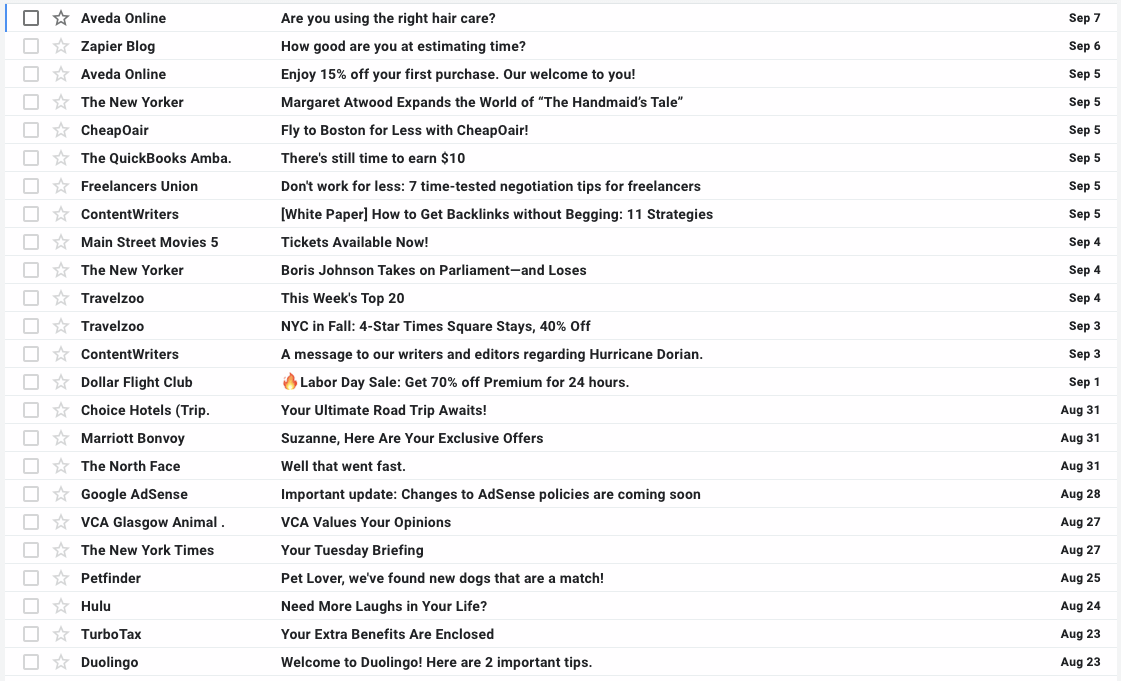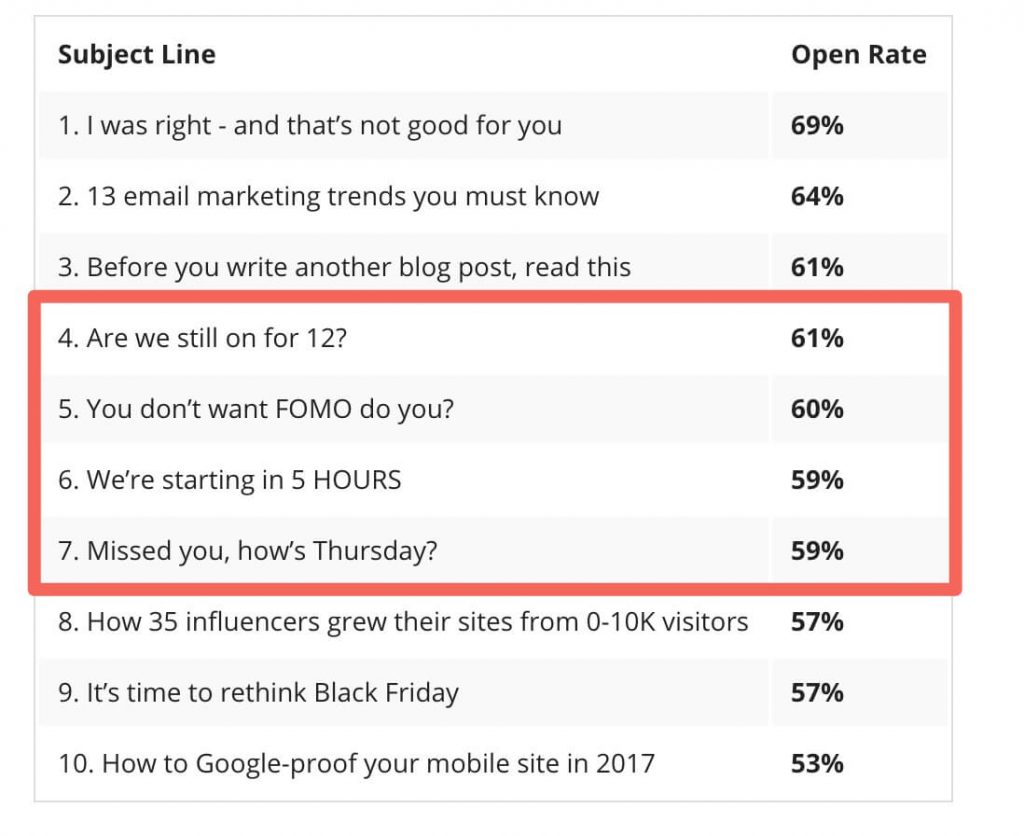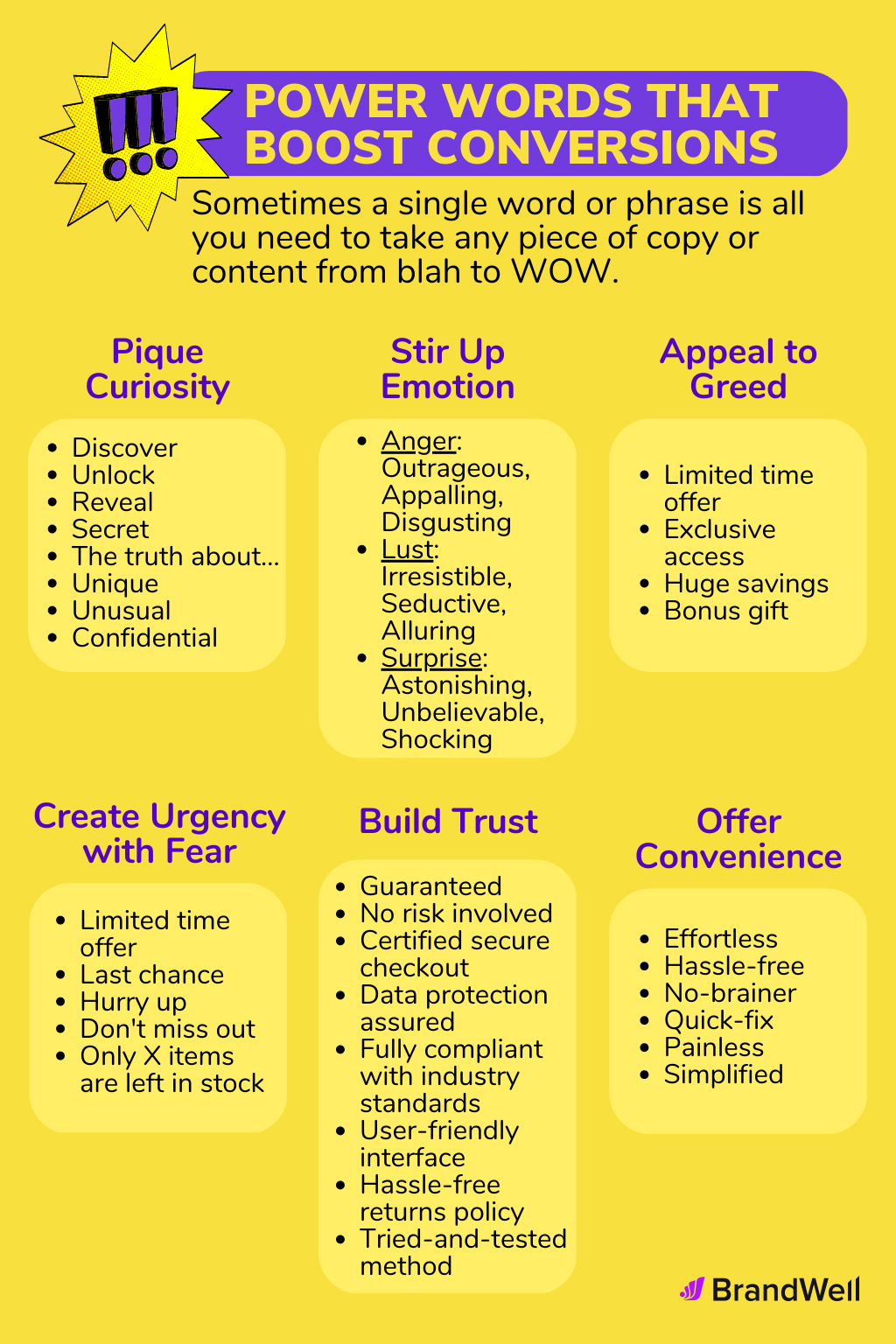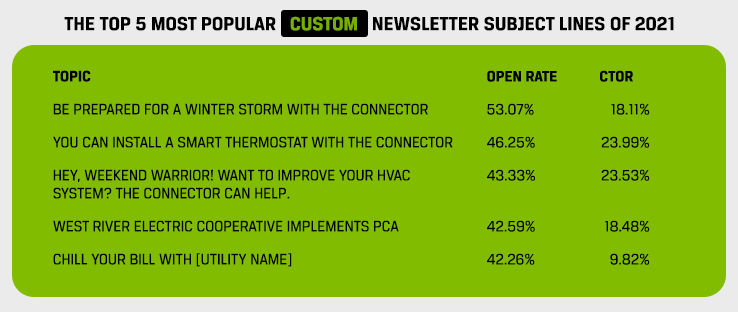Crafting effective email subject lines for newsletters is a critical skill in today’s digital communication landscape. With inboxes flooded daily, a compelling subject line can mean the difference between an opened email and one that goes unnoticed. It serves as the first impression, enticing readers to engage with your content. Whether you aim to inform, promote, or inspire, the right subject line balances creativity and clarity. This article explores strategies to create impactful subject lines, from leveraging curiosity and urgency to personalization and concise phrasing. Discover how to capture attention, boost open rates, and ensure your newsletters stand out in a crowded inbox.
Email subject lines are the first impression your newsletter makes. They determine whether your email gets opened or ignored. Crafting a compelling subject line is crucial for engaging your audience and driving higher open rates. Below, we explore key strategies and tips to create effective email subject lines for newsletters.
See Also Online degrees - Best, fast and is it worth it?
Online degrees - Best, fast and is it worth it?1. The Importance of Personalization in Email Subject Lines
Personalization is a powerful tool in email marketing. By including the recipient's name or other relevant details, you can make your subject line feel more tailored and engaging. For example, instead of Check out our latest offers, try John, exclusive deals just for you! Personalized subject lines often result in higher open rates because they grab the reader's attention and make the email feel more relevant.
2. Using Action-Oriented Language to Drive Engagement
Action-oriented language encourages readers to take immediate action. Words like Discover, Explore, Join, or Start can create a sense of urgency and excitement. For instance, Discover the secrets to boosting your productivity is more compelling than Tips for productivity. This approach motivates readers to open the email and engage with its content.
See Also Analysis: Best Time to Post on Reddit
Analysis: Best Time to Post on Reddit3. Keeping Subject Lines Short and Impactful
With limited space in email inboxes, brevity is key. Aim for subject lines that are under 50 characters to ensure they are fully visible on mobile devices. Short, punchy lines like Last chance to save! or Your weekend guide inside are more likely to catch the reader's eye than lengthy, vague ones.
4. Leveraging Curiosity and Intrigue
Curiosity is a powerful motivator. Subject lines that spark curiosity, such as You won't believe what's inside... or The one thing you're missing, encourage readers to open the email to find out more. However, avoid clickbait tactics that overpromise and underdeliver, as this can harm your credibility.
See Also Dunkin's Latest Ad Campaign Is an Example of Gen Z Marketing Gone Wrong.
Dunkin's Latest Ad Campaign Is an Example of Gen Z Marketing Gone Wrong.5. Testing and Optimizing Subject Lines for Better Results
A/B testing is essential for understanding what works best for your audience. Test different subject lines to see which ones generate higher open rates. For example, you could test a straightforward subject line like New arrivals in stock against a more creative one like Your wardrobe upgrade is here! Use the data to refine your approach and improve future campaigns.
| Strategy | Example | Impact |
|---|---|---|
| Personalization | Hi [Name], your exclusive offer awaits! | Increases relevance and engagement |
| Action-Oriented Language | Start your journey today! | Encourages immediate action |
| Short and Impactful | Don't miss out! | Ensures visibility and clarity |
| Curiosity and Intrigue | What you need to know... | Drives curiosity and opens |
| A/B Testing | Test two variations of subject lines | Improves future campaign performance |

An example of a newsletter subject line could be: Unlock Exclusive Tips to Boost Your Productivity Today! This subject line is designed to grab attention by offering value and creating a sense of urgency.
Newsletter subject lines are crucial because they determine whether your email gets opened or ignored. A well-crafted subject line can:
- Increase open rates by sparking curiosity or offering value.
- Build trust with your audience by being clear and relevant.
- Drive engagement by encouraging recipients to take action.
A good newsletter subject line should be concise, engaging, and relevant. Key elements include:
- Clarity: Avoid vague language and be specific about the content.
- Urgency: Use words like Today or Now to prompt immediate action.
- Personalization: Include the recipient's name or tailor the message to their interests.
Writing a compelling subject line requires creativity and strategy. Follow these steps:
- Focus on benefits: Highlight what the reader will gain by opening the email.
- Use action-oriented language: Encourage the reader to take action, such as Discover or Learn.
- Test and optimize: Experiment with different styles and analyze performance metrics.
Avoid these pitfalls to ensure your subject lines are effective:
- Being too vague: Ambiguity can lead to low open rates.
- Overusing clickbait: Misleading subject lines can damage trust.
- Ignoring mobile optimization: Ensure the subject line is short and clear on smaller screens.
Here are some examples of effective subject lines:
- 5 Tips to Save Time and Stay Organized: Offers clear value and actionable advice.
- Your Exclusive Discount Awaits!: Creates excitement and urgency.
- Don’t Miss Out on This Week’s Top Stories: Appeals to FOMO (fear of missing out).
What are the best email subject lines?

What Makes a Great Email Subject Line?
A great email subject line is one that grabs attention, creates curiosity, and encourages the recipient to open the email. It should be concise, relevant, and tailored to the audience. Here are some key elements:
- Clarity: The subject line should clearly convey the purpose of the email.
- Relevance: It should align with the recipient's interests or needs.
- Urgency: Creating a sense of urgency can prompt immediate action.
- Personalization: Including the recipient's name or other personal details can increase engagement.
- Creativity: A unique or intriguing subject line can stand out in a crowded inbox.
How to Use Personalization in Email Subject Lines
Personalization can significantly improve email open rates. By addressing the recipient directly or referencing their specific interests, you make the email feel more relevant and engaging. Here’s how to do it effectively:
- Use the recipient's name: For example, John, here's your exclusive offer.
- Reference past interactions: Mention previous purchases or actions, like Your recent purchase inspired this deal.
- Tailor content to interests: Use data to suggest products or services they might like, such as We found the perfect shoes for you, Sarah.
- Segment your audience: Group recipients based on demographics or behavior for more targeted subject lines.
- Avoid overuse: Too much personalization can feel invasive, so use it sparingly and appropriately.
The Role of Urgency and Scarcity in Email Subject Lines
Creating a sense of urgency or scarcity can drive recipients to act quickly. This tactic works well for promotions, limited-time offers, or event reminders. Here’s how to incorporate it:
- Use time-sensitive language: Phrases like Last chance or 24 hours left encourage immediate action.
- Highlight limited availability: For example, Only 5 spots left for the webinar.
- Include deadlines: Clearly state when an offer expires, such as Offer ends tonight at midnight.
- Be genuine: Avoid creating false urgency, as it can damage trust.
- Combine with value: Pair urgency with a compelling benefit, like Save 50% before it's gone.
Why Clarity Trumps Creativity in Email Subject Lines
While creativity is important, clarity should always come first. A subject line that is too clever or vague can confuse recipients and lead to lower open rates. Here’s how to balance the two:
- Be direct: Clearly state the purpose of the email, such as Your invoice is ready.
- Avoid jargon: Use simple, straightforward language that everyone can understand.
- Test readability: Ensure the subject line is easy to read on both desktop and mobile devices.
- Prioritize value: Focus on what the recipient will gain, like Get 3 free tips to boost your productivity.
- Use creativity sparingly: Add a creative twist only if it enhances clarity, not obscures it.
How to Test and Optimize Email Subject Lines
Testing and optimizing email subject lines is crucial for improving open rates and engagement. Here’s a step-by-step guide to effective testing:
- A/B testing: Send two versions of the subject line to a small group and compare results.
- Analyze metrics: Track open rates, click-through rates, and conversions to determine effectiveness.
- Experiment with length: Test short vs. long subject lines to see what resonates best.
- Try different tones: Compare formal vs. casual language to find the right fit for your audience.
- Iterate and improve: Use insights from testing to refine future subject lines.

When starting your newsletter email, it’s important to grab the reader’s attention immediately. Begin with a clear and engaging subject line that reflects the content of the newsletter. In the opening paragraph, briefly introduce the purpose of the email and highlight the key topics or updates. For example:
- Personalize the greeting by addressing the recipient by name.
- Mention the value or benefits the reader will gain from the newsletter.
- Include a call-to-action (CTA) to encourage further engagement.
The body of your newsletter email should be concise yet informative. Focus on delivering valuable content that aligns with the reader’s interests. Break the content into sections for better readability. For example:
- Provide a summary of the main topics or updates.
- Use bullet points or numbered lists to highlight key points.
- Include links to full articles, resources, or additional information.
Personalization can significantly increase engagement with your newsletter. Use the recipient’s name and tailor the content based on their preferences or past interactions. For example:
- Segment your email list to send targeted content to specific groups.
- Reference past interactions or purchases to make the email feel relevant.
- Use dynamic content to customize sections of the email for individual recipients.
Visual elements can make your newsletter more engaging and easier to read. Use images, infographics, or videos to complement the text. For example:
- Include a featured image that represents the main topic of the newsletter.
- Use icons or graphics to break up text and highlight key points.
- Ensure all visuals are optimized for quick loading and mobile responsiveness.
End your newsletter email with a strong closing that encourages the reader to take action. Summarize the key points and include a clear CTA. For example:
- Thank the reader for their time and interest in your content.
- Provide a link to your website, blog, or social media channels.
- Invite feedback or encourage them to share the newsletter with others.

Understanding the Importance of a Newsletter Title
A good newsletter title is crucial because it serves as the first impression for your audience. It determines whether readers will open your email or ignore it. To craft an effective title, focus on clarity, relevance, and curiosity. Avoid vague or overly complex language, and ensure the title aligns with the content inside.
- Clarity: Make sure the title clearly communicates the main topic or benefit of the newsletter.
- Relevance: Tailor the title to your audience’s interests and needs.
- Curiosity: Use intriguing language to spark interest without being misleading.
---
How to Use Action-Oriented Language
Action-oriented language encourages readers to take immediate interest in your newsletter. Use verbs and power words that evoke emotion or urgency. For example, instead of a passive title like Monthly Updates, try Discover the Latest Trends in [Industry].
- Use strong verbs: Words like Discover, Learn, or Transform grab attention.
- Create urgency: Phrases like Don’t Miss Out or Limited Time Offer can drive action.
- Focus on benefits: Highlight what readers will gain by opening the newsletter.
---
Incorporating Personalization
Personalization can significantly increase open rates. Use the recipient’s name or reference their specific interests to make the title feel tailored to them. For example, John, Here’s Your Weekly Tech Digest feels more engaging than a generic title.
- Use the recipient’s name: This creates a direct connection.
- Segment your audience: Tailor titles based on subscriber preferences or behavior.
- Reference past interactions: Mention previous content they’ve engaged with.
---
Keeping It Short and Impactful
A concise title is more likely to capture attention, especially on mobile devices. Aim for 5-10 words that convey the essence of your newsletter. Avoid unnecessary filler words and focus on the core message.
- Limit word count: Shorter titles are easier to read and remember.
- Prioritize keywords: Place the most important words at the beginning.
- Avoid jargon: Use simple, accessible language.
---
Testing and Optimizing Titles
Testing different titles can help you identify what resonates best with your audience. Use A/B testing to compare variations and analyze open rates. Over time, refine your approach based on data-driven insights.
- Run A/B tests: Compare two or more title variations to see which performs better.
- Analyze metrics: Track open rates, click-through rates, and engagement.
- Iterate and improve: Use feedback to continuously refine your titles.
Frequently Asked Questions (FAQ)
A good email subject line for newsletters should be clear, concise, and engaging. It should give the recipient a reason to open the email by highlighting the value or benefit they will gain. Using action-oriented language, personalization, and urgency can also increase open rates. Avoid using spammy words or excessive punctuation, as these can trigger spam filters or make your email seem untrustworthy.
The ideal length for an email subject line is typically between 30 to 50 characters. This ensures that the subject line is short enough to display fully on most devices, including mobile phones, while still being descriptive. However, the length can vary depending on your audience and the content of your newsletter. The key is to prioritize clarity and relevance over word count.
Using emojis in email subject lines can be effective if done sparingly and appropriately. Emojis can help your email stand out in a crowded inbox and convey emotions or themes quickly. However, they should align with your brand's tone and the content of your newsletter. Overusing emojis or choosing ones that are irrelevant can make your email appear unprofessional or confusing.
How can I test the effectiveness of my email subject lines?
You can test the effectiveness of your email subject lines by conducting A/B testing. This involves sending two versions of your newsletter with different subject lines to a small segment of your audience and analyzing which one performs better in terms of open rates. Tools like email marketing platforms often include built-in A/B testing features. Additionally, tracking metrics such as click-through rates and conversion rates can provide further insights into how well your subject lines resonate with your audience.
Leave a Reply


Articles of interest